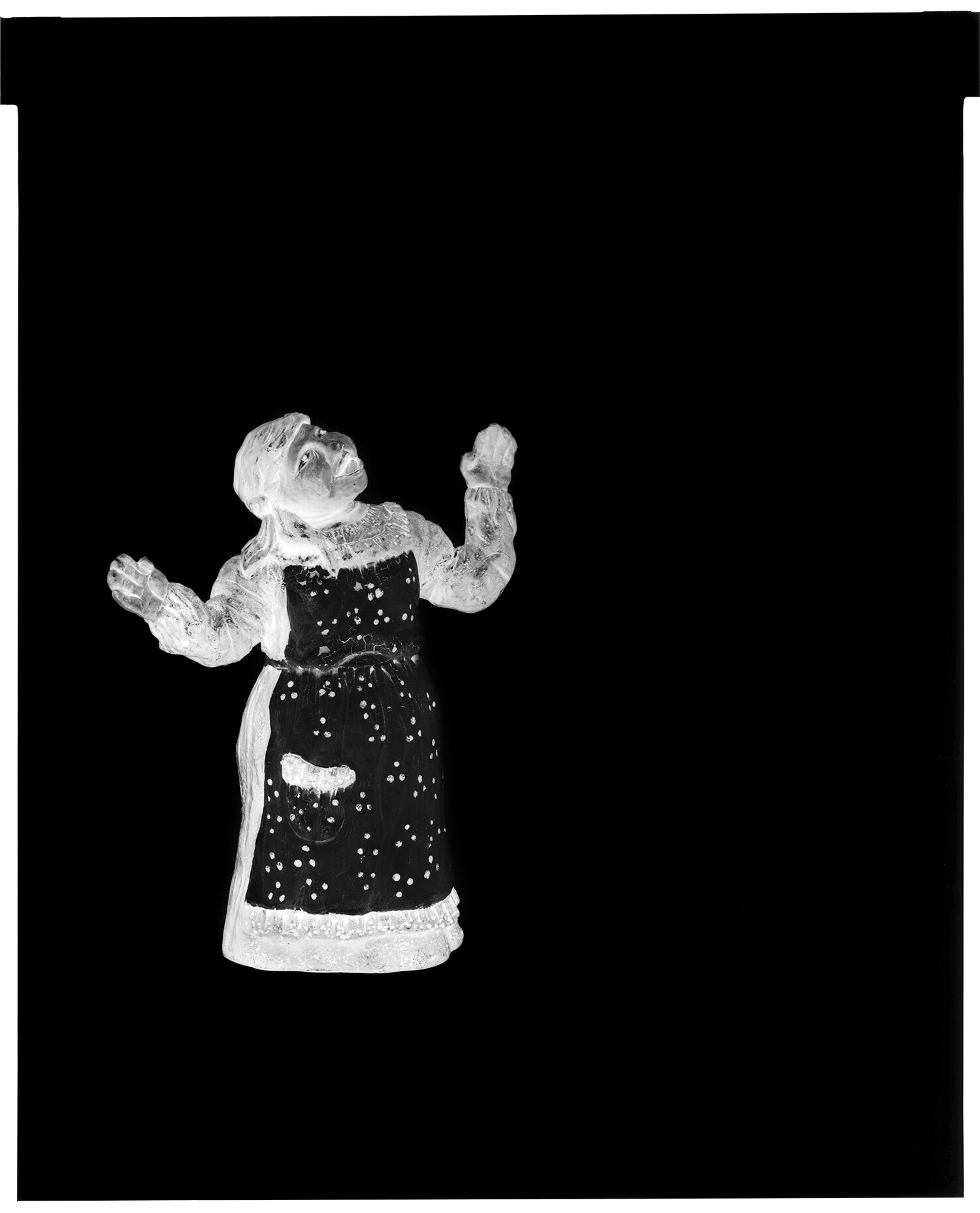I communicate visually – my camera is my pencil. I have created many bodies of work in my life that would not be considered political. I now find my passions starting to boil when I read the morning paper, watch or listen to the news. We are living in a time where voices and activities that used to be considered “fringe” are now mainstream. Many social, ethnic and class inequities are becoming more and more evident. Many are losing their lives for their religious beliefs or the color of their skin.
Why now? What has caused the proliferation of racist attacks? Who is to blame? These questions I’m sure can spark heated debate, even amongst family and friends.
What is the role of the artist in our current climate? Is there such a thing as proprietary subject matter? Must one be a victim in order to address certain issues? Can a man fight for woman’s equal rights? Can a Jewish or Christian individual support Muslim religious expression? Can racism directed at one group be addressed by a member of another?
I have opinions but not answers to these questions. I find I am no longer able to continue my art making “ as usual” in these unsettled times. I’m moved to start addressing some of these issues and inequities with my work.
With this exhibition I have focused on photographing racist objects, but rather than documenting them, I choose to photograph them in the negative, which is what they represent. Why have these objects graced the kitchens, shelves and tables of so many households? Why are they still being made? In thinking about racism and what contributes to stereotypes, these objects have certainly played a role. By bringing attention to the “negative” stereotypes they represent I hope my photographs can open a dialog for both the viewer and myself about what some of the contributing factors that form the despicable attitudes I see expressed in our society today.
David Scheinbaum
“Black collectibles are commonly understood to be items made in or with the images of an African American. They were universally derogatory with exaggerated racial features that helped “prove” that African Americans were “different” and inferior. These objects were manufactured from the 1880s (the end of Reconstruction) through the 1950s (the start of the activist phase of the Civil Rights movement). These household knickknacks and paraphernalia portrayed African Americans as very dark, nappy-headed, childlike, stupid, lazy, deferential - but happy to be working for the master. The very nature of these objects meant they were used constantly; the wear and tear and the surviving collectibles attest to this. By using these objects in an everyday familiar manner, the user consciously and unconsciously accepted the stereotypes they presented. The collectibles were the props that gave a physical reality to the idea of racial inferiority that began emerging after Reconstruction.
I’ve been really struck by David Scheinbaum’s photographs. It‘s almost as if these are the ghosts of the collectibles - the remnants of the racist stereotypes that have remained with us since the collectibles went out of production in the late 1950s.”
Kenneth W. Goings
Professor of African and African American Studies
The Ohio State University
Mammy and Uncle Mose: Black Collectibles and American Stereotyping,
Indiana University Press

